Single, Double and Triple-Pane Windows: Understanding Your Options
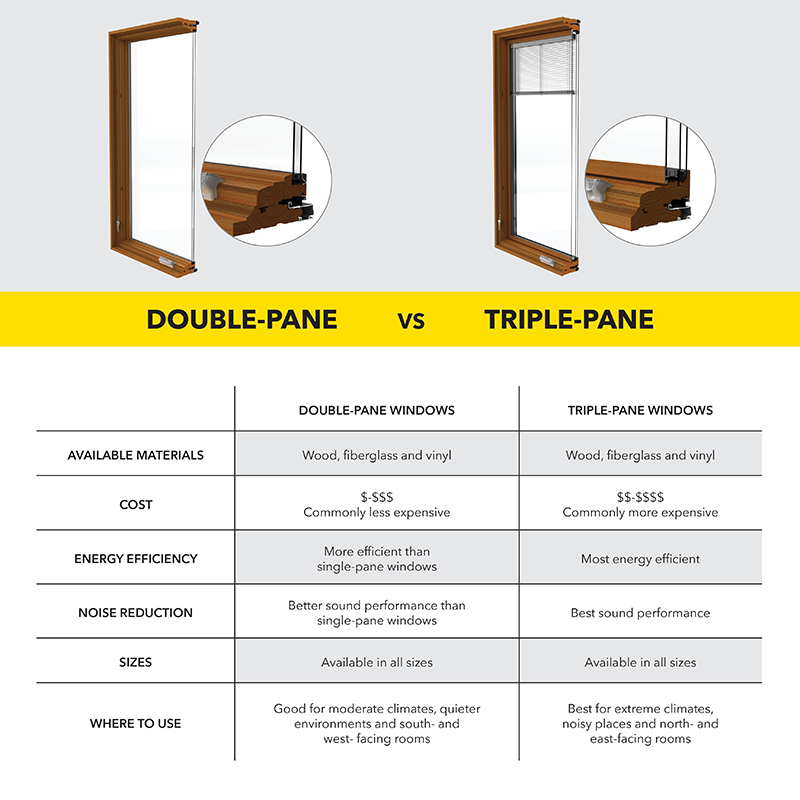
KEY TAKEAWAYS
- Replacing single-pane windows with double-pane options can significantly improve energy efficiency, comfort, and noise reduction, making it a worthwhile upgrade for most homeowners.
- Triple-pane windows offer superior insulation and soundproofing, making them ideal for extreme climates or long-term homes, but they come with a higher upfront cost.
- Upgrading to ENERGY STAR certified windows not only lowers energy bills but also reduces your home's carbon footprint, contributing to a more sustainable future.
If you live in an older home with single-pane windows, you might be wondering if upgrading to double-pane windows is worth it. Similarly, deciding between double- and triple-pane windows can feel overwhelming. This guide will help you understand the differences, benefits, and considerations for each option so you can make an informed decision for your home.
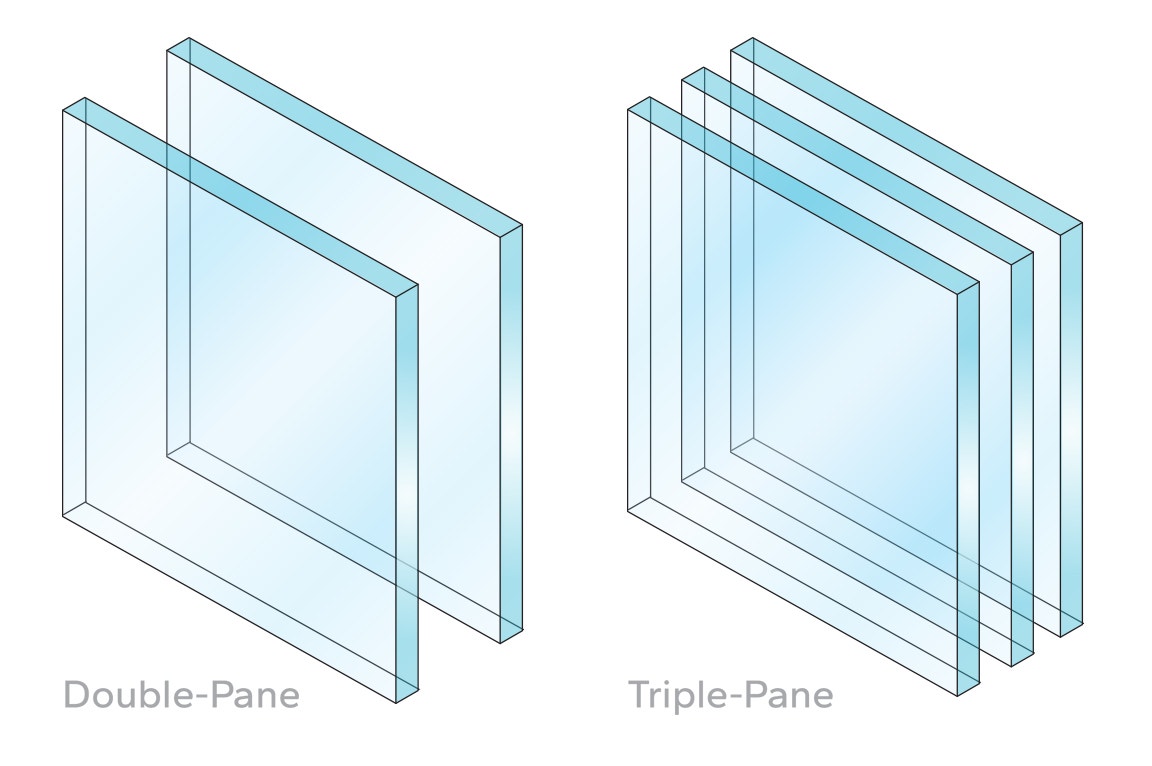
What Are Single-Pane, Double-Pane, and Triple-Pane Windows?
When shopping for new windows, it’s important to understand the basic types available and their key differences. Windows come in single-pane, double-pane and triple-pane varieties, each offering unique advantages and drawbacks depending on your needs. By exploring these options, you can determine which is best suited for your home based on factors like energy efficiency, noise reduction and budget.
Single-Pane Windows:
- Made with one layer of glass
- Common in older homes or budget-friendly builds
- May include a removable second layer, known as a “storm window,” but lacks built-in insulation
- Drawbacks: Limited energy efficiency and soundproofing
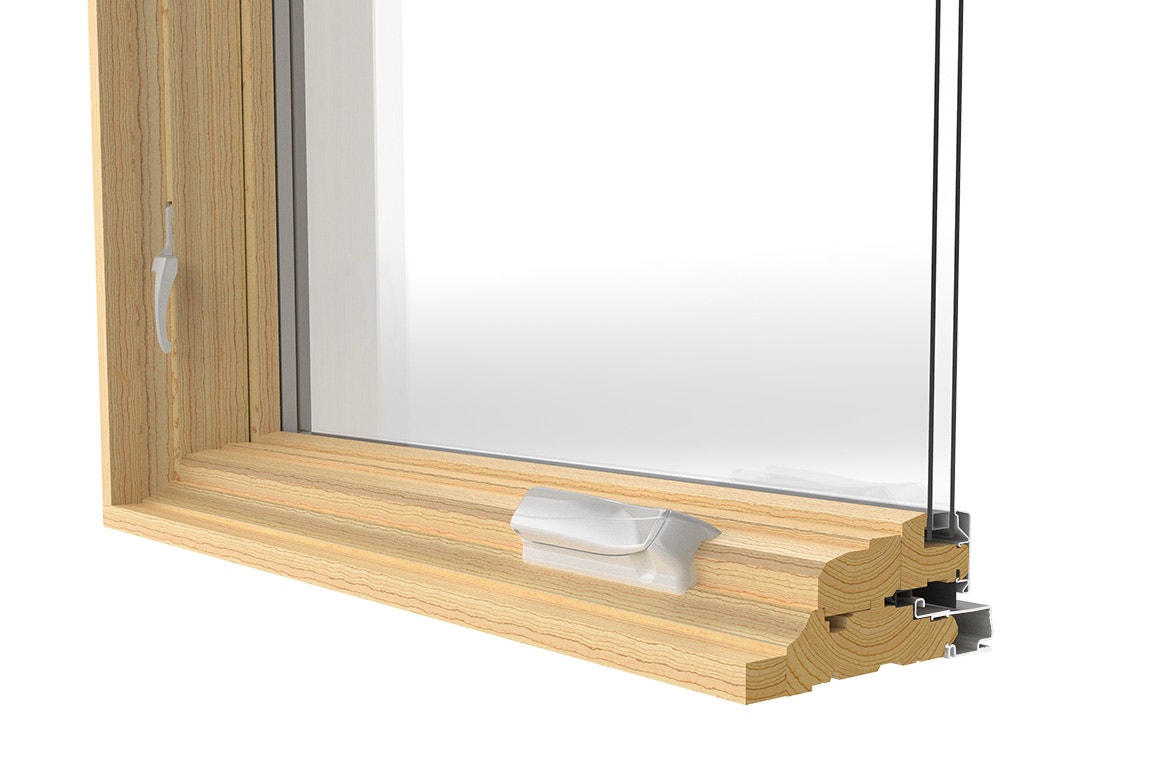
Double-Pane Windows:
- Two layers of glass with an insulating gas (such as argon) between them
- Designed for better insulation and noise reduction
- Standard option for most modern homes
- Grilles-between-the-glass available
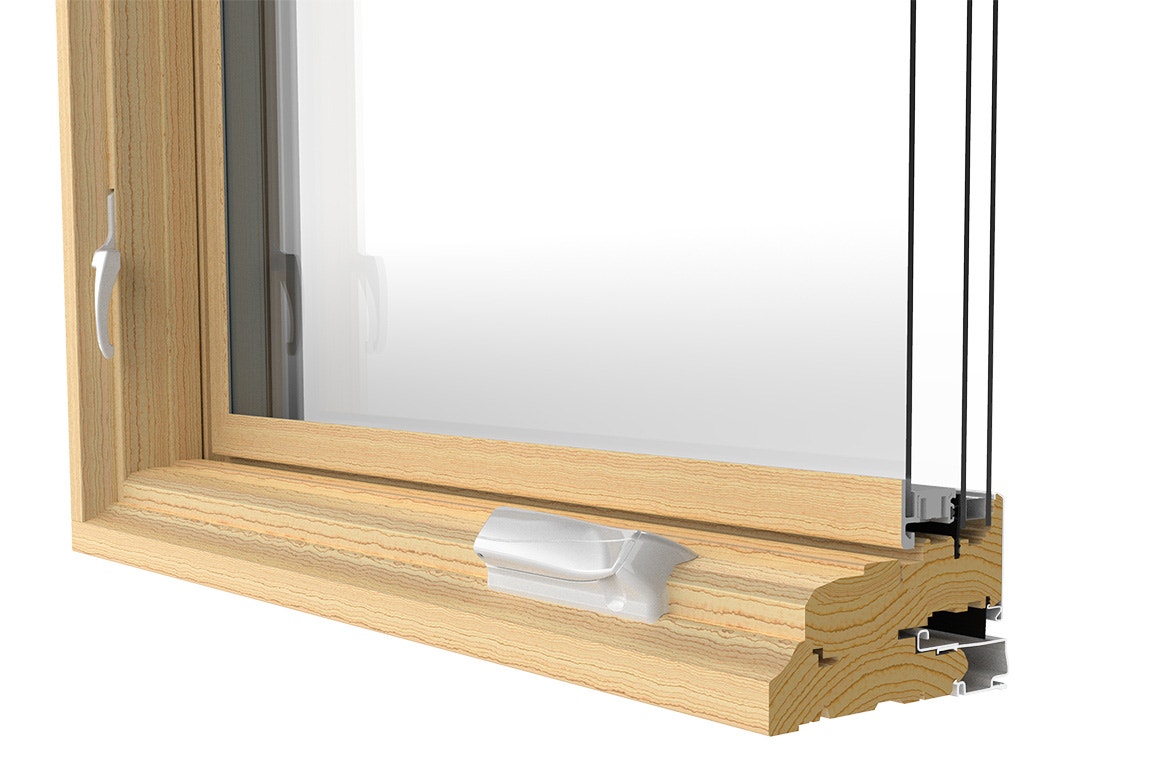
Triple-Pane Windows:
- Three layers of glass with insulating gas between each pane
- Delivers superior energy efficiency and noise reduction compared to double-pane windows
- Often considered a premium upgrade
- Grilles and blinds-between-the-glass available with select product lines
Comparing Single- vs Double-Pane Windows
Features | Single-Pane Windows | Double-Pane Windows |
Energy Efficiency | Limited; poor insulation | Up to twice as efficient as single-pane |
Noise Reduction | Minimal noise blocking | Significant improvement |
Comfort | Often drafty and prone to condensation | Better insulation; more consistent indoor temperatures |
Eco-Impact | Less sustainable; higher energy usage | ENERGY STAR® certified options can reduce carbon footprint |
Available Materials | Wood, aluminum, and vinyl | Wood, fiberglass, and vinyl |
Sizes | Limited customization options | Available in various sizes to fit most needs |
Where to Use | Best for low-budget projects and temporary installations | Good for moderate climates, quieter environments, and energy-efficient upgrades |
Key Takeaway
Double-pane windows are a worthwhile upgrade for most homeowners, offering significant benefits in energy efficiency and comfort. If your home still has single-pane windows, replacing them can result in noticeable savings on heating and cooling costs.
Comparing Double-Pane vs Triple-Pane Windows
Feature | Double-Pane Windows | Triple-Pane Windows |
Energy Efficiency | Excellent; insulates almost twice as well as single pane | Superior; provides maximum insulation |
Noise Reduction | Reduces noise significantly | Best option for noise-sensitive areas |
Cost | More affordable; faster ROI | Higher upfront cost; longer payback period |
Durability | High-quality construction | Enhanced durability due to extra layer |
Ideal For | Most climates and budgets | Extreme climates or long-term homes |
Available Materials | Wood, Vinyl, Fiberglass, Aluminum-Clad | Wood, Vinyl, Fiberglass, Aluminum-Clad |
Sizes | Standard and custom sizes available | Standard and custom sizes available |
Where to Use | Bedrooms, living rooms, offices, and general home use | Noisy urban areas, cold climates, and energy-conscious households |
Key Takeaway
Triple-pane windows excel in harsh climates or for long-term energy savings. However, double-pane windows provide an excellent balance of cost and performance for most homeowners.

Benefits of Upgrading Your Windows
- Energy Savings:
- Replacing single-pane windows with ENERGY STAR® certified double-pane windows can save you money on energy costs. Savings will depend on home size and your regional climate.
- Triple-pane windows maximize savings in extreme temperatures.
- Improved Comfort:
- Double- and triple-pane windows provide better insulation, keeping your home warmer in winter and cooler in summer.
- Less condensation and reduced drafts enhance indoor comfort.
- Noise Reduction:
- Enjoy quieter living spaces with the advanced soundproofing of double- or triple-pane windows.
Eco-Friendly:
- Replacing single-pane windows with ENERGY STAR certified windows can save 1,006 to 6,072 pounds of CO2 for a typical home which is equivalent to 51 to 310 gallons of gasoline a year.
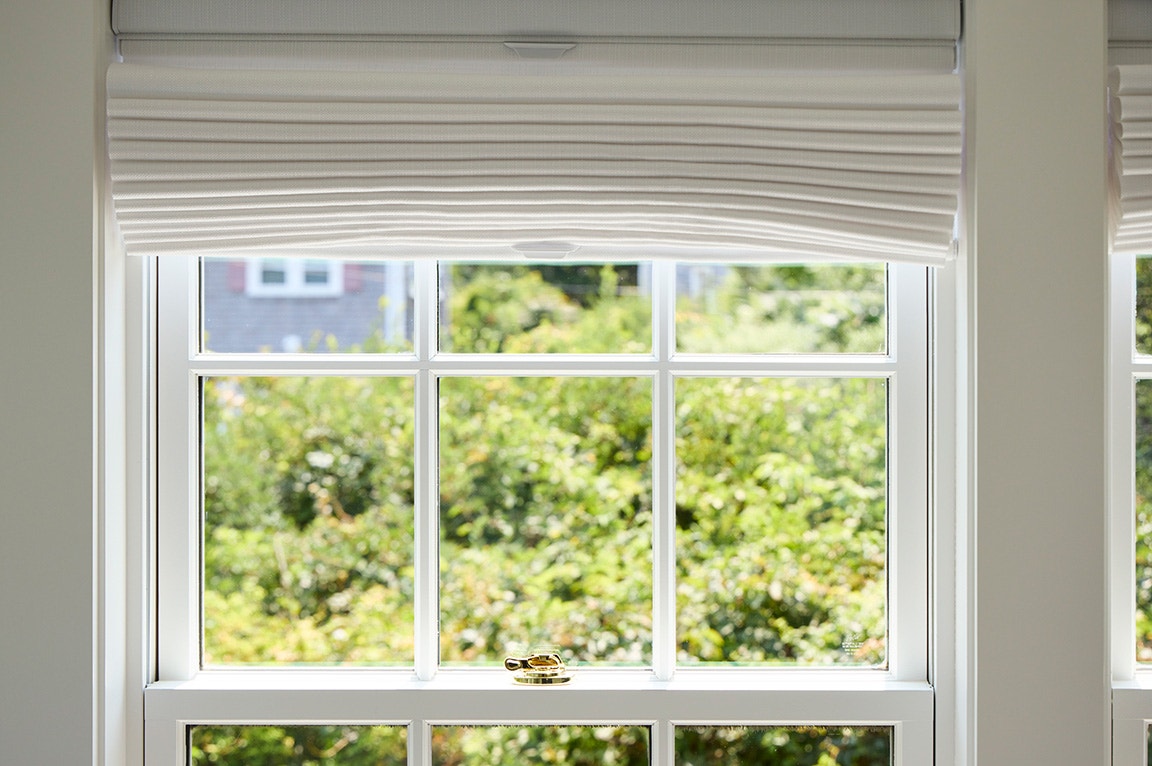
Choosing the Right Option for Your Home
When deciding between single-, double- or triple-pane windows, consider the following:
- Climate: If you live in a region with extreme weather, triple-pane windows may be worth the investment.
- Budget: Double-pane windows offer an excellent balance of performance and affordability.
- Noise: For urban areas or homes near highways, triple-pane windows can provide superior noise reduction.
- Longevity: If you plan to stay in your home long-term, triple-pane windows offer greater value over time.
Ready to Upgrade?
Upgrading your windows can transform your home’s comfort, energy efficiency, and value. Whether you’re replacing single-pane windows with double-pane options or upgrading to triple-pane, Pella offers solutions to meet your needs and budget.


